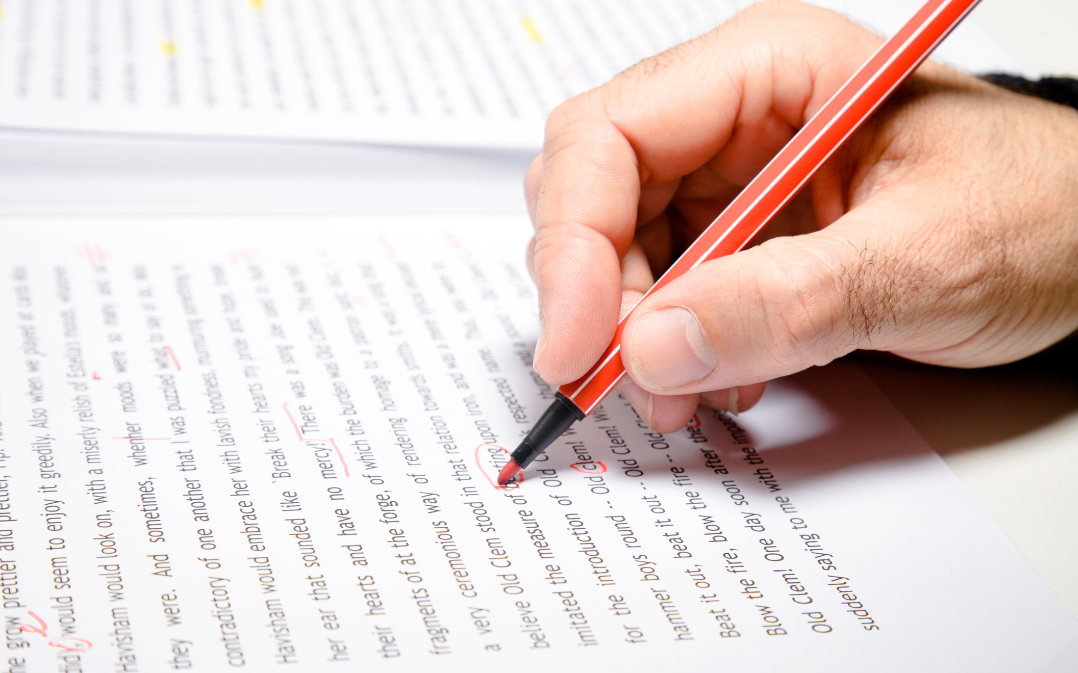What Exactly Is Copyediting, Anyway?
Learn more about this crucial step in the publishing process.
Copyediting is the kind of editing you probably imagine when you think of book editing—think spelling and grammar checks (although it usually extends far beyond that). Also known by some as "copy editing," copyediting is done after developmental editing is completed and before proofreading begins.
What Do Copyeditors Do?
Copyeditors get into the nitty gritty of a manuscript. They do exactly what you’d probably expect an editor to do by taking a close look at spelling and grammar, but they may also work with authors to improve flow and sentence structure.
Some things most editors look for in a copyedit include:
- Spelling
- Punctuation
- Number style
- Capitalization
- Formatting
- Abbreviations
- Usage
- Consistency
- Pronouns
- Style
- Tone
A particularly attentive copyeditor might query authors they work with about any discrepancies with plot, structure, and/or characters, but this is not their primary job.
Some copyeditors may also include:
- Rewrites of awkward, wordy, and/or confusing sentences
- Some rearranging
- Checking for facts
- Editing for jargon and biased language
Copyediting versus Developmental Editing
Developmental editing requires a much broader look at a manuscript than copyediting does. Developmental editors don’t focus on things like grammar, punctuation, or spelling; they take a step back to see the big picture to ensure that the story makes sense and will be understood by the target audience.
Some things developmental editors look at may include:
- Plot
- Structure
- Characters
Some authors opt not to hire a developmental editor in the interest of saving money, but I wouldn’t recommend skipping this step. While the focus of developmental editing is the big picture of a manuscript, copyediting is a closer inspection of the minor (yet oh, so important!) details.
Copyediting versus Proofreading
Proofreading is one of the final steps before publication. By the time a proofreader gets their hands on a manuscript, all major edits should already have been completed.
While copyediting typically requires substantial changes to a text, proofreading does not. Proofreaders primarily look at formatting and double-check for typos. They don’t give any feedback on the flow or readability of a manuscript.
Most in the publishing wheelhouse would recommend using different editors for copyediting and proofreading. While many editors may provide both of these services, it’s important to get a fresh set of eyes to do each kind of editing.
Ask Editors Questions!
It’s important for authors to know what they can expect their editors to be checking for. If you can’t determine everything that’s included in an editor’s services, reach out! Most copyeditors are happy to answer any questions authors have for them.
Do you want to know what’s included in a standard copyediting service with Arcane Raven Editorial?
Check here for more information.

